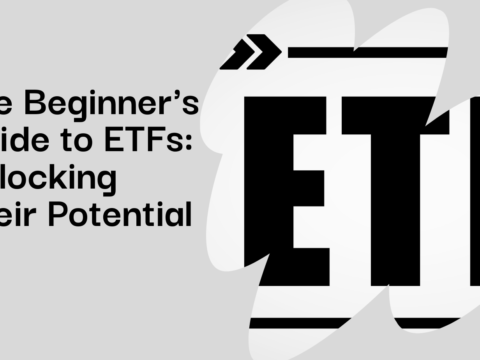Tactical Asset Allocation: Maximizing Returns through Sector ETFs
Tactical Asset Allocation (TAA) is a dynamic investment strategy that involves adjusting the allocation of assets in a portfolio based on short-term market conditions. When employing TAA, leveraging Sector Exchange-Traded Funds (ETFs) becomes a powerful tool for enhancing returns. Here’s how investors can optimize their portfolios with this strategic approach:
Understanding Tactical Asset Allocation:
- Tactical Asset Allocation involves actively shifting portfolio weights to capitalize on perceived market opportunities. Unlike a static buy-and-hold strategy, TAA allows investors to adapt to changing market conditions.
1. Identifying Sector Opportunities:
- TAA with Sector ETFs begins with identifying sectors expected to outperform in the current economic climate. Thorough analysis of economic indicators, market trends, and sector-specific factors helps inform these decisions.
2. Sector ETFs: A Targeted Approach:
- Sector ETFs provide exposure to specific industries such as technology, healthcare, finance, and more. Investors can precisely target sectors they believe will outperform or hedge against sectors facing headwinds.
3. Market Research and Analysis:
- Informed decision-making is paramount in TAA. Investors need to conduct thorough market research, analyzing economic data, corporate earnings, and geopolitical factors. This research informs the selection and weightings of Sector ETFs.
4. Economic Indicators Driving Allocation:
- Monitoring leading economic indicators is crucial. TAA may involve overweighting sectors poised to benefit from economic expansion and underweighting those sensitive to economic downturns.
5. Risk Management:
- TAA incorporates risk management strategies to protect the portfolio from adverse market movements. This may involve reducing exposure to certain sectors during periods of heightened volatility or economic uncertainty.
6. Cyclical vs. Defensive Sectors:
- TAA often considers the economic cycle, allocating to cyclical sectors during periods of economic expansion and defensive sectors during economic contractions. Cyclical sectors may include technology, consumer discretionary, and industrials, while defensive sectors could include utilities, healthcare, and consumer staples.
7. Rebalancing and Portfolio Adjustment:
- Regularly rebalancing the portfolio is a critical aspect of TAA. As market conditions evolve, adjustments to sector weightings ensure the portfolio aligns with the investor’s tactical outlook.
8. Global Macro Considerations:
- TAA extends beyond domestic considerations. Investors may analyze global macroeconomic trends and allocate to sectors with strong prospects in specific regions, taking a more holistic approach to sector rotation.
9. Performance Monitoring:
- Continuous monitoring of sector performance is integral to TAA. Adjustments should be made based on the relative strength of sectors, ensuring the portfolio remains aligned with the investor’s tactical objectives.
10. Sector ETF Diversification:
- Diversifying across multiple sectors is key to managing risk. While focusing on outperforming sectors, investors should avoid concentration risk by allocating across a diversified set of Sector ETFs.
11. Adapting to Market Sentiment:
- TAA allows investors to adapt to changing market sentiment. During periods of optimism, investors may tilt towards growth-oriented sectors, while in times of pessimism, defensive sectors may become more prominent in the portfolio.
12. Economic Forecasting and Scenario Analysis:
- Successful TAA relies on effective economic forecasting and scenario analysis. Investors should develop a comprehensive understanding of economic trends and be prepared to adjust their sector allocations based on different economic scenarios.
13. Flexibility in Allocation:
- TAA provides the flexibility to overweight or underweight sectors based on a forward-looking assessment. This adaptability is particularly advantageous in dynamic market environments.
14. Long-Term and Short-Term Considerations:
- TAA can incorporate both long-term and short-term considerations. While strategic allocation aligns with long-term views, tactical adjustments cater to short-term opportunities and risks.
15. Consulting with Financial Advisors:
- Given the complexity of TAA and the importance of informed decision-making, investors may benefit from consulting with financial advisors. Professional advice can enhance the effectiveness of TAA strategies.
By incorporating Sector ETFs into Tactical Asset Allocation, investors have the means to strategically position their portfolios for optimal returns. This dynamic approach allows them to respond to market dynamics, capitalize on sector-specific opportunities, and navigate changing economic conditions effectively.




